Description
Noblewomen of the Tokugawa Period; Thirty-six Beauties by Toshikata Mizuno printed on a T-Shirt
About the T-Shirt
Regular fit
Standard length, the fabric easily gives into movement
Casual wear
A classic, everyday option loved by our customers
Side-seamed
Constructed by sewing two parts together, creating a fitted look
The Unisex Staple T-Shirt feels soft and light with just the right amount of stretch. It’s comfortable and flattering for all. We can’t compliment this shirt enough–it’s one of our crowd favorites, and it’s sure to be your next favorite too!
- Solid colors are 100% Airlume combed and ring-spun cotton
- Ash color is 99% combed and ring-spun cotton, 1% polyester
- Heather colors are 52% combed and ring-spun cotton, 48% polyester
- Athletic and Black Heather are 90% combed and ring-spun cotton, 10% polyester
- Heather Prism colors are 99% combed and ring-spun cotton, 1% polyester
- Fabric weight: 4.2 oz./yd.² (142 g/m²)
- Pre-shrunk fabric
- 30 singles
- Side-seamed construction
- Tear-away label
- Shoulder-to-shoulder taping
- Blank product sourced from Nicaragua, Mexico, Honduras, or the US
Toshikata Mizuno (1866-1908)
Born in Edo as Kumejiro Nonaka, Toshikata Mizuno was the son of a master plasterer. At fourteen, Toshikata began his study of ukiyo-e under the tutelage Yoshioshi. The wild antics of the famed ukiyo-e master proved to be too much for Toshikata’s father, and the training was cut short. Toshikata went on to study with a variety of teachers: Ryuto Yamada for pottery painting and Western-style painting, Hoshu Shibata for Nanga-style landscapes, as well as Seitei Watanabe and Shoso Mishima.
He further explored Western-style rendering through British magazines, newspapers, and painting reproductions. Later, Toshikata returned to Yoshitoshi’s studio. His teacher retained a fondness for the young artist and designated him as his successor. In 1887, through his teacher’s recommendation, Toshikata joined the newspaper Yamato shinbun as an illustrator,. He worked at the magazine until 1894. He also produced several lithographs for the literary magazine Shinshosetsu and senso-e (war prints) during the Sino-Japanese war.

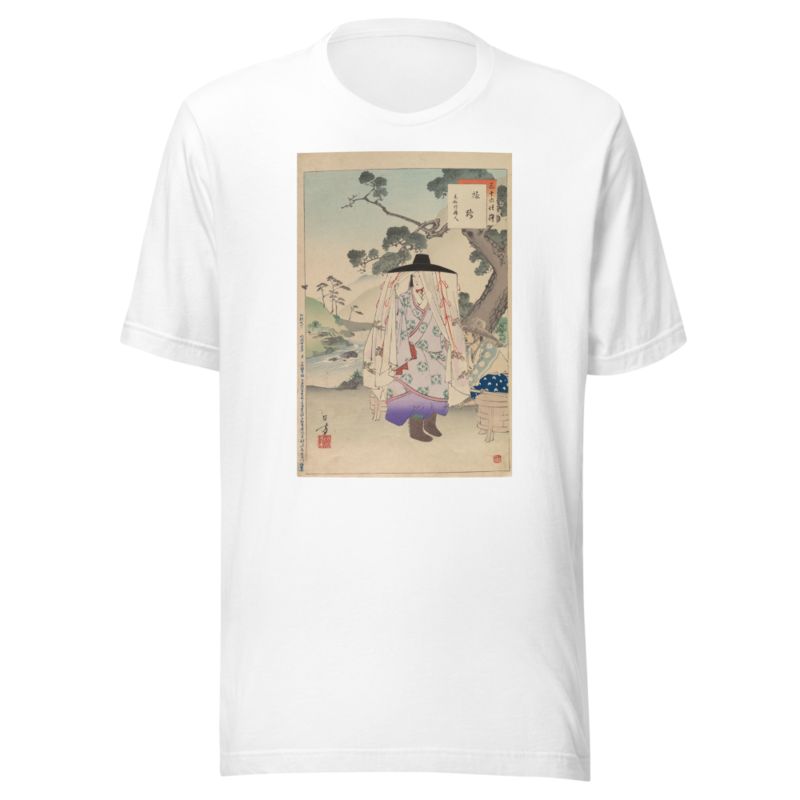
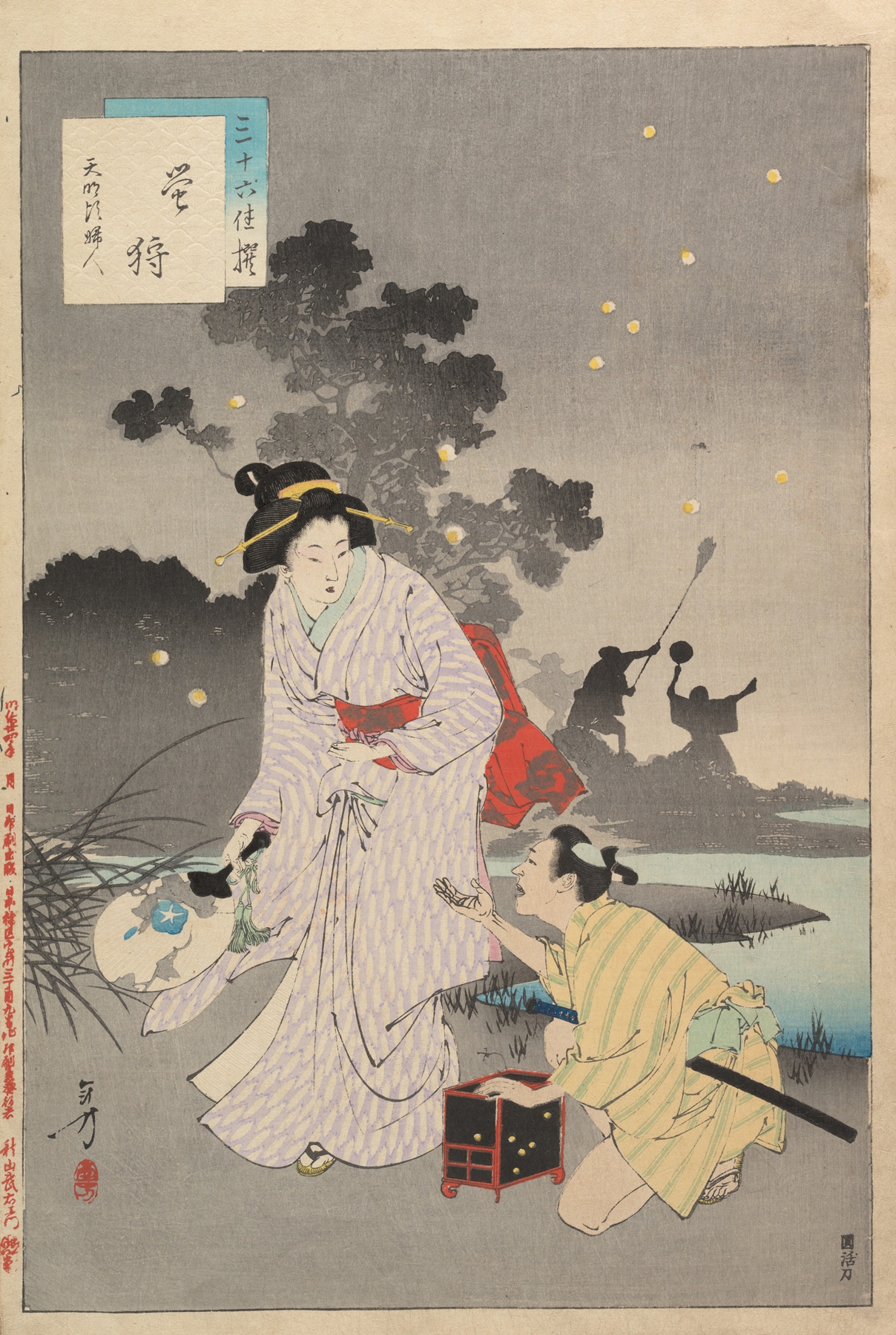
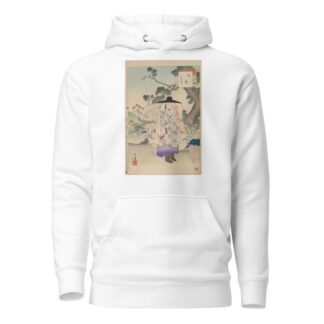
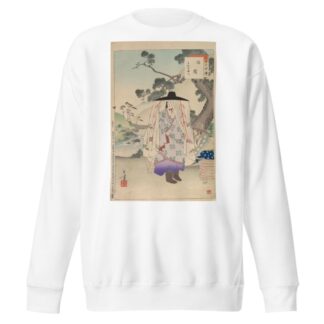
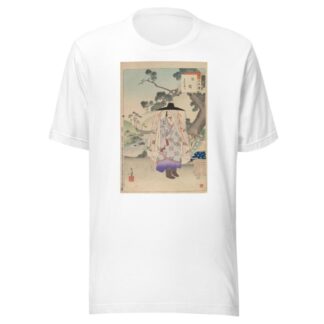
Reviews
There are no reviews yet.